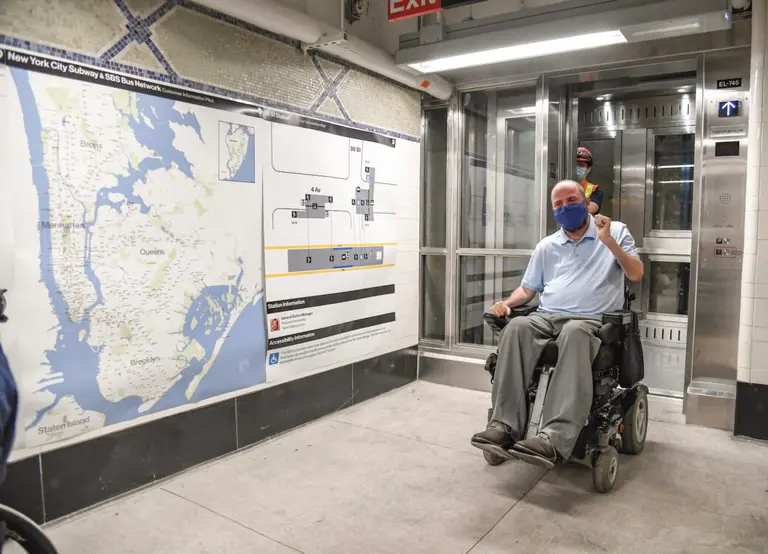
Image courtesy of Marc A. Hermann / MTA New York City Transit on Flickr
NYC transit system still widely inaccessible despite recent improvements
LEARN MORE ABOUT THE MTA'S ACCESSIBILITY

Image courtesy of Marc A. Hermann / MTA New York City Transit on Flickr
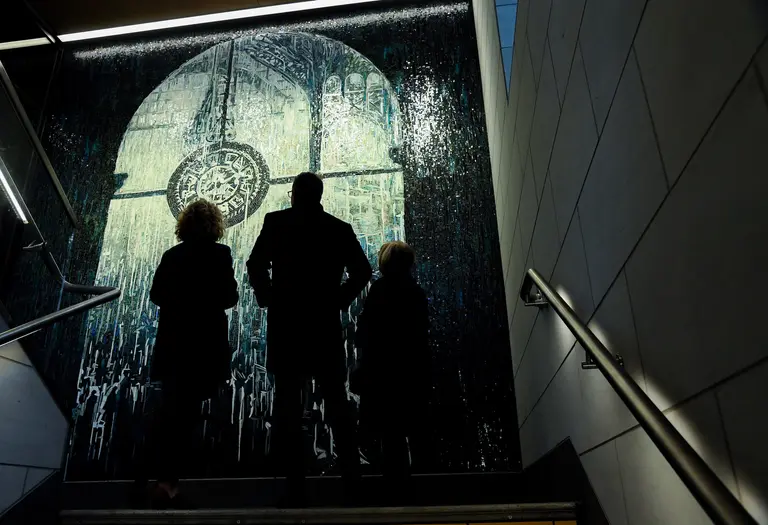
Image courtesy of Marc A. Hermann / MTA on Flickr
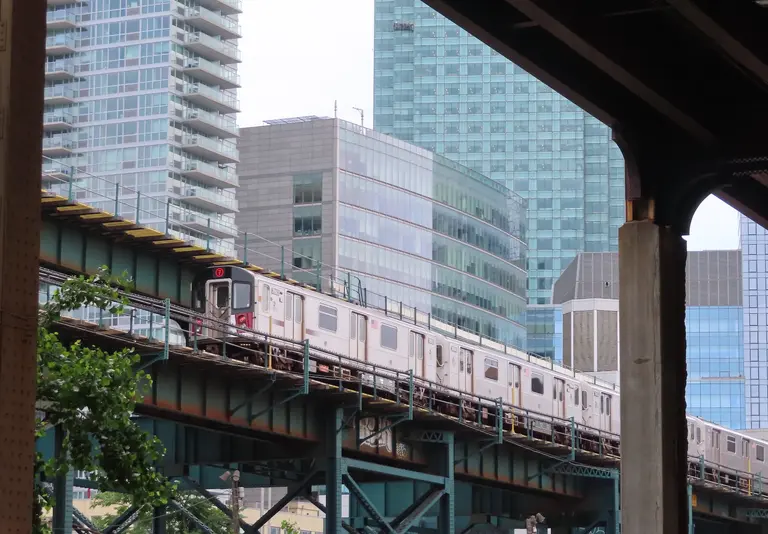
Photo by David Wilson on Flickr
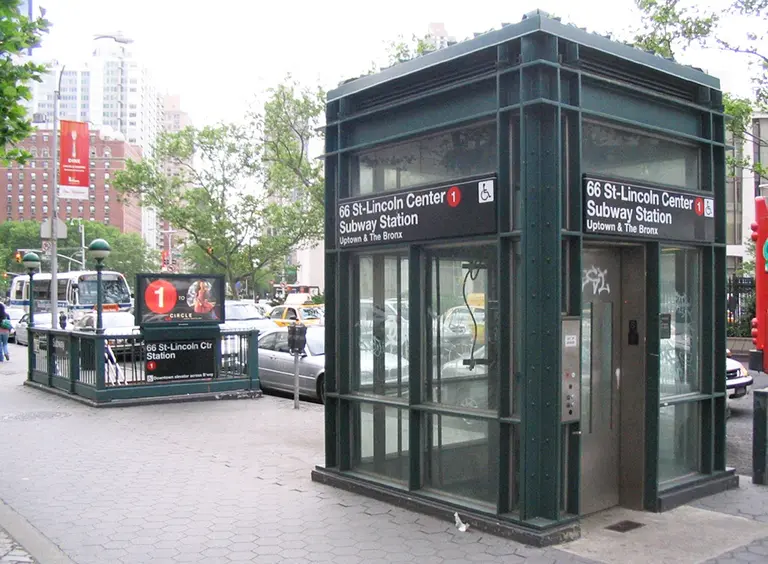
Photo via Wikimedia Commons
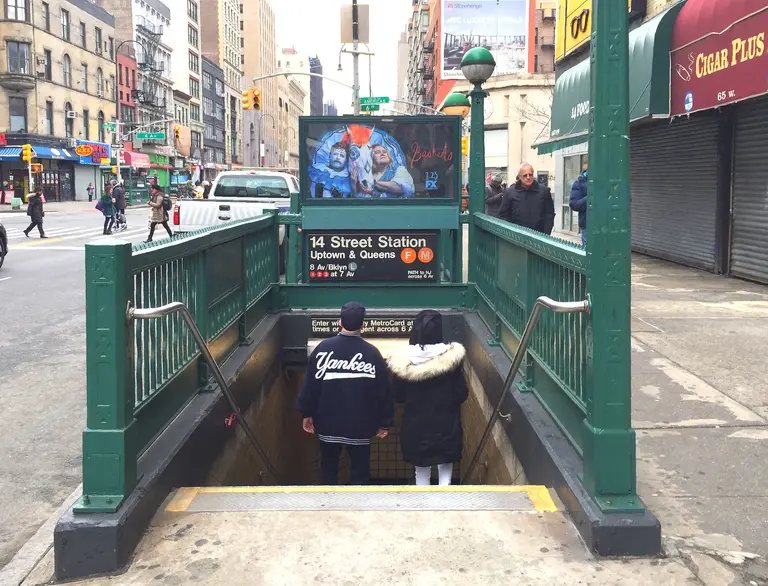
Photo via Carl Mikoy / Flickr cc






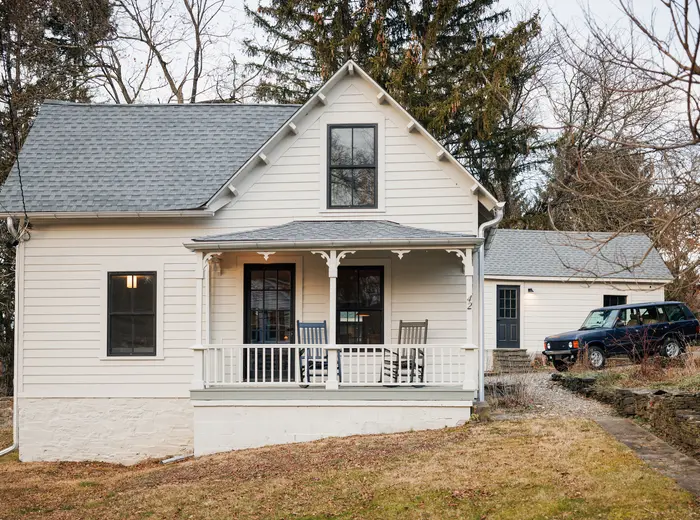
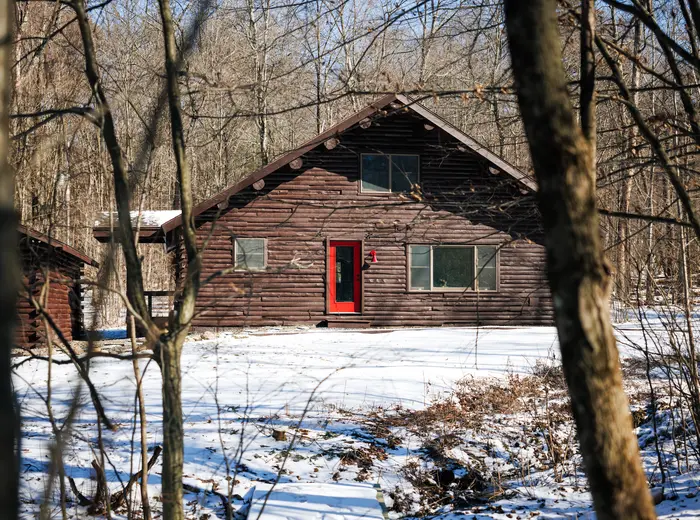

Image via Flickr
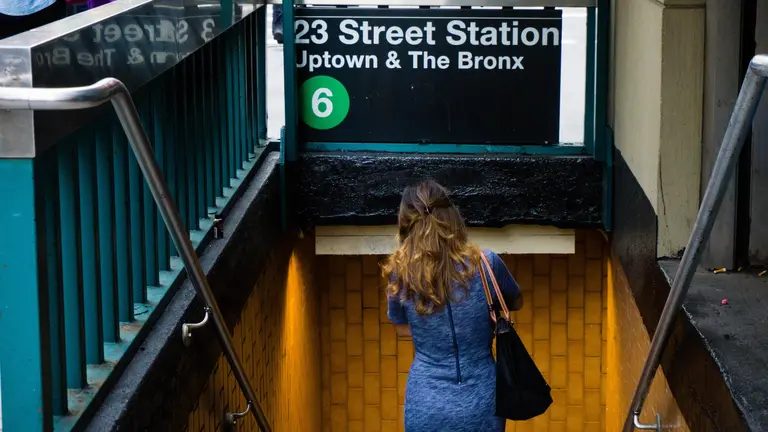
Image via Flickr
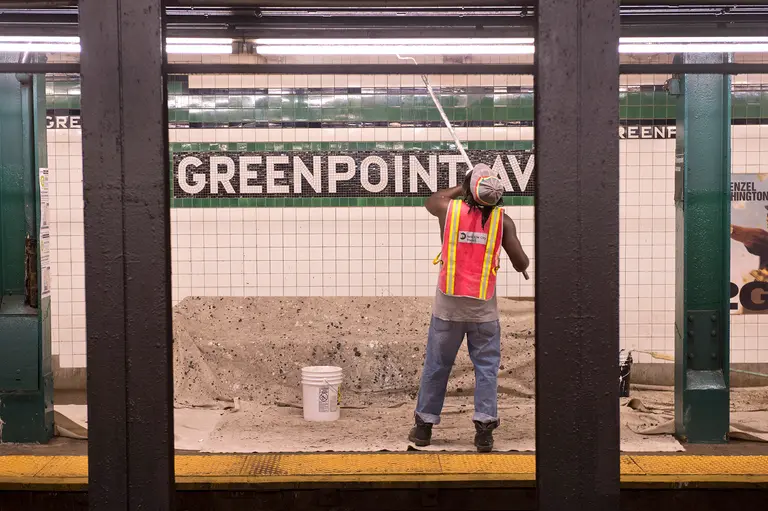
Image via Wikimedia
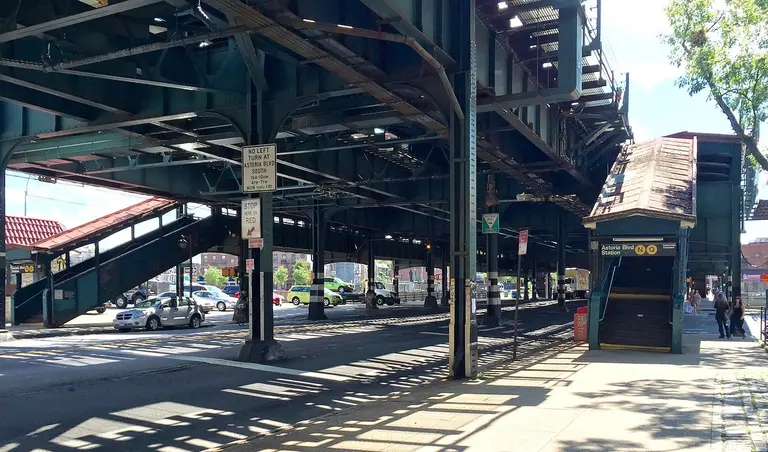
Image via Wikipedia

Photo via Flickr

Photo via Flickr
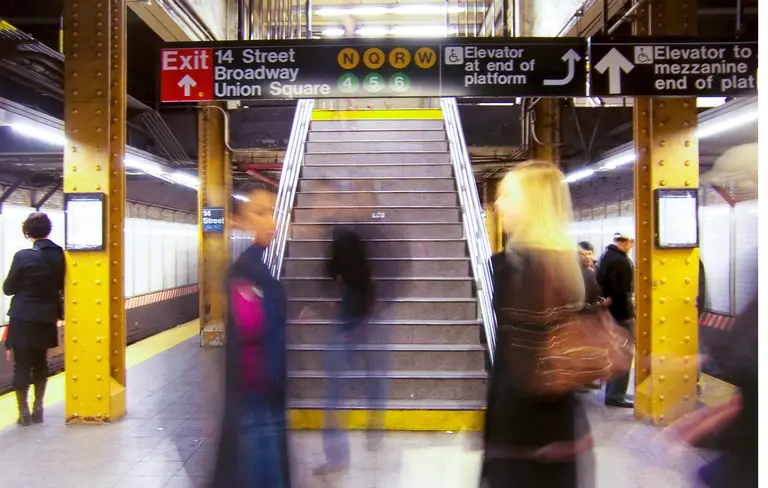
Photo via Flickr cc
 Know of something cool happening in New York? Let us know:
Know of something cool happening in New York? Let us know:

Elevator at the Lincoln Center subway station, via Wiki Commons
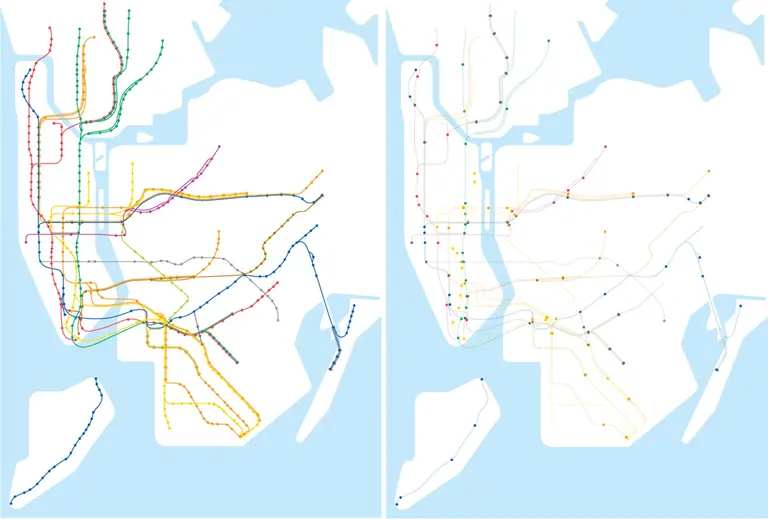
Maps via The Guardian